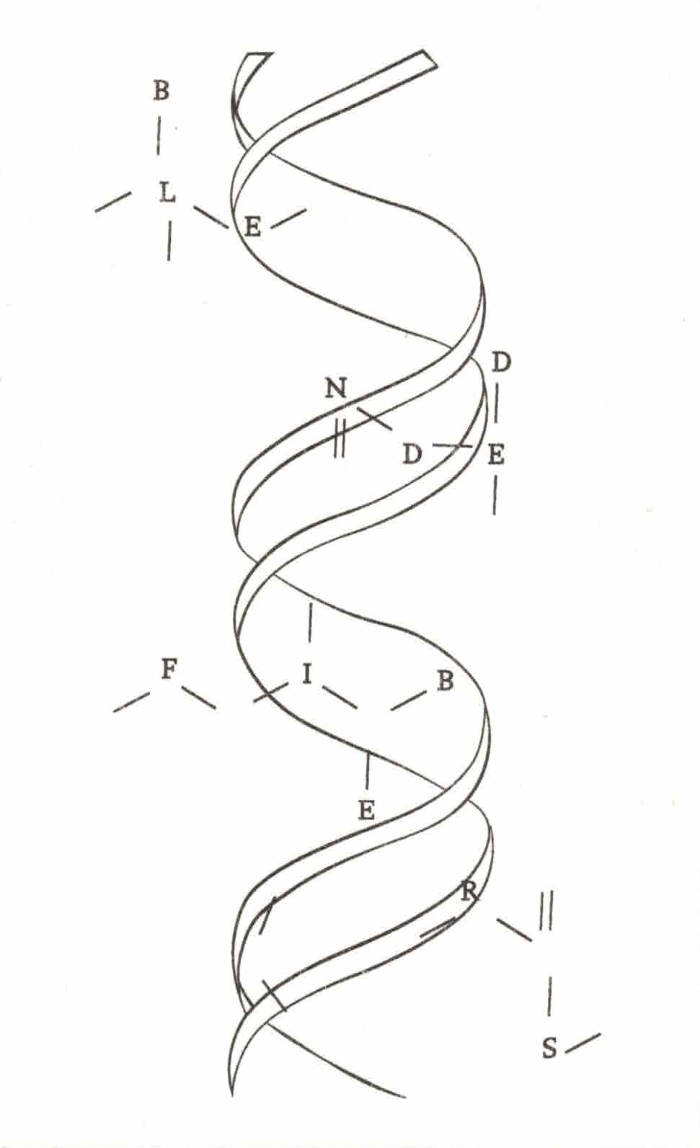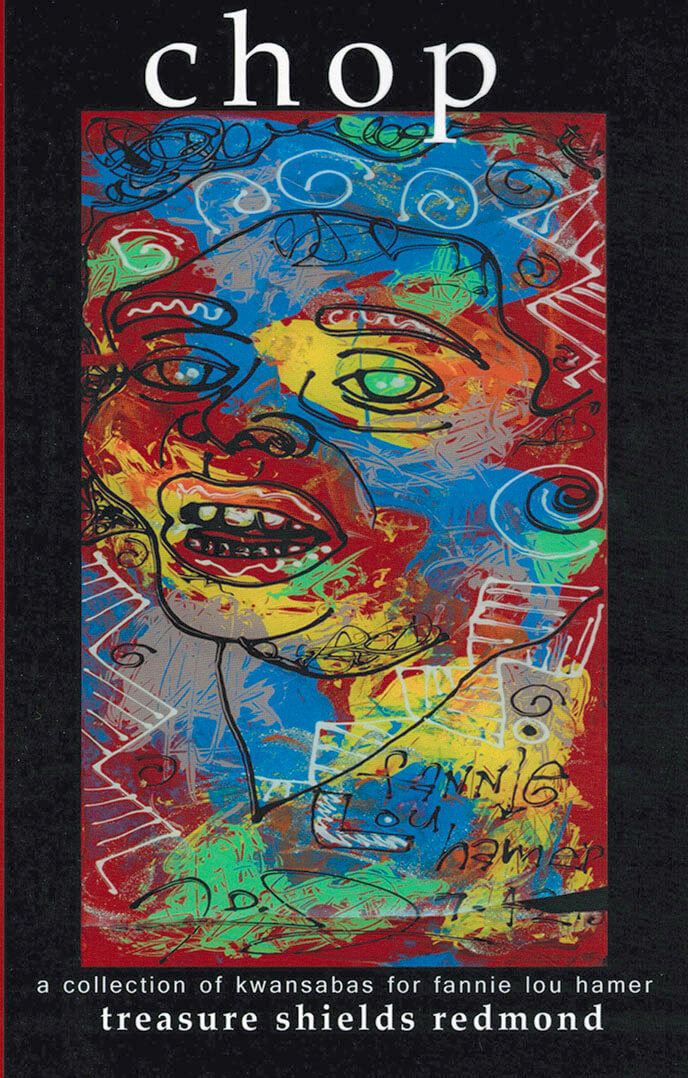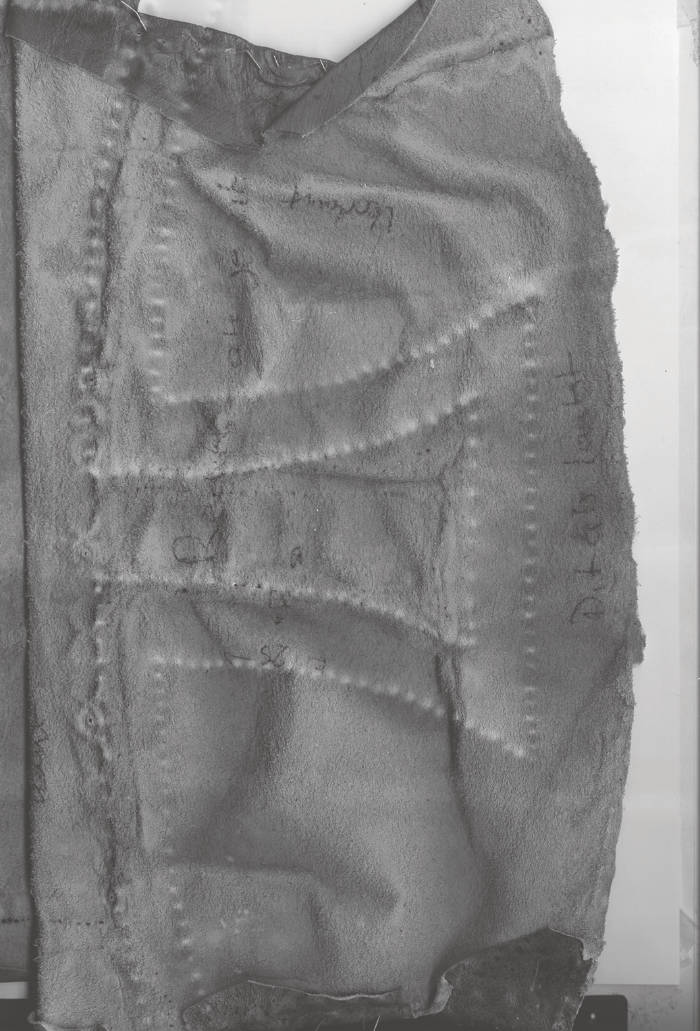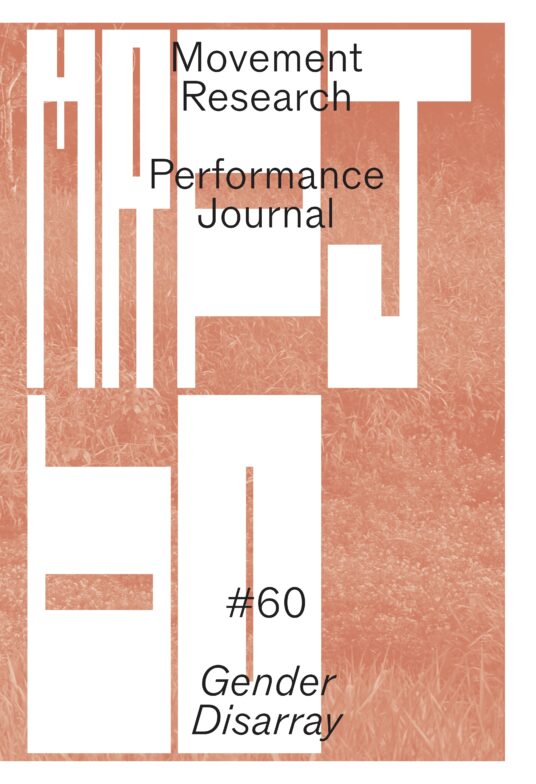
Blended Fibers
Blended Fibers is a visual research book exploring cotton, wool, flax, silk, viscose, and acrylic—six key textile fibers. Bridging analog and digital processes, each chapter begins with a fiber’s microscopic cross-section, which is translated into graphic patterns, basic weave structures, and 3D forms modeled using 3D software. The book moves fluidly between scientific reference and visual experimentation, revealing the geometry and materiality hidden within textiles. Through digital tools and archival sources, Blended Fibers uncovers how the smallest elements of fabric shape its surface, offering a layered, visual understanding of fiber structure and its role in textile design.







